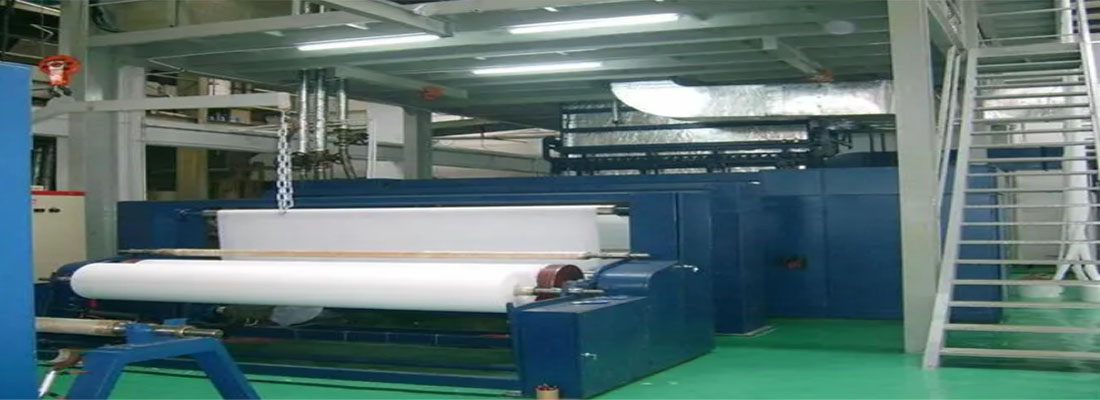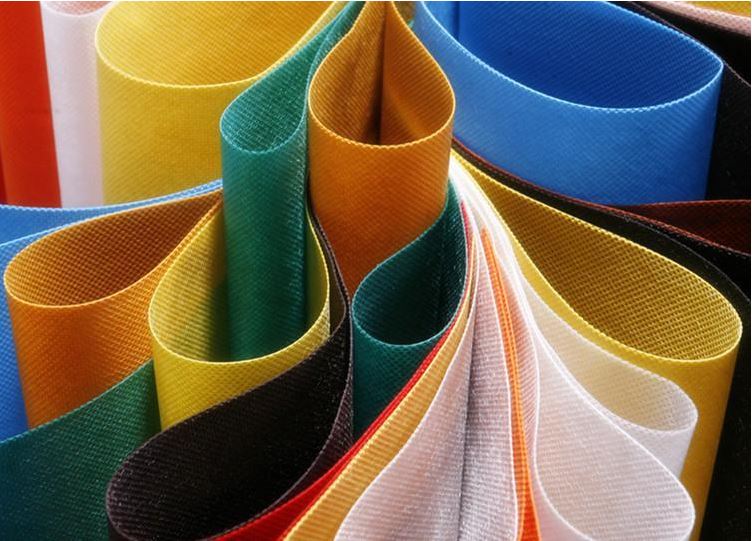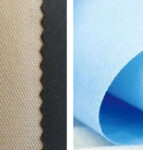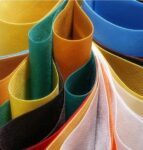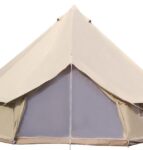Non-woven polypropylene fabric is a popular material used in a range of industries, from healthcare to agriculture. This versatile material is made through a unique manufacturing process that creates a durable, lightweight, and breathable fabric. In this article, we’ll explore the properties of non-woven polypropylene fabric, how it’s made, and its various applications.
What Is Non-Fabric Polypropylene Fabric?
Non-woven polypropylene fabric is a type of textile material made from synthetic polymer fibers. Polypropylene is a thermoplastic material that is widely used in various industries because of its durability, strength, and low cost.it is created by bonding or felting polypropylene fibers together using heat and pressure, rather than weaving them together like traditional fabrics. This creates a material that is strong and durable, but also lightweight and breathable.
Polypropylene is currently the best raw material to manufacture non-wooden fabrics. Its global usage is expected to rise to $1,865 billion by 2020, as more and more people now realize its importance.
How is non-woven polypropylene fabric made?
Non-woven polypropylene fabric is made using a process called meltblown, which involves the following steps:
- Extrusion: Polypropylene polymer pellets are melted and extruded through a spinneret, which is a device that contains numerous tiny holes.
- Fiber Formation: The molten polymer is forced through the spinneret, forming thousands of tiny, continuous fibers. These fibers are cooled and solidified as they pass through a stream of cool air.
- Web Formation: The fibers are collected on a conveyor belt or screen, forming a non-woven web. This web is then compressed to increase its density.
- Bonding: The non-woven web is bonded together using one of several techniques, including heat, pressure, or chemicals. This creates a durable and stable fabric.
- Finishing: The fabric may be further treated with various finishing processes to enhance its performance or appearance, such as by applying a coating or laminating it with other materials.
The final product is a versatile and durable material that can be used in a wide range of applications.
Where Is Polypropylene Fabric Produced?
Polypropylene fabric is produced in many countries around the world, including the United States, China, India, Japan, Germany, and South Korea, among others. Polypropylene is a widely used plastic material, and its fibers are commonly used to create fabrics for a variety of applications, including apparel, upholstery, and industrial materials. The production of polypropylene fabric typically involves extruding the plastic fibers and then weaving or knitting them into a fabric. The production process may vary depending on the manufacturer and the intended use of the fabric.
Properties and characteristics of non-woven polypropylene fabric.
Non-woven polypropylene fabric, commonly referred to as PP non-woven fabric, is a versatile material that has a number of properties and characteristics that make it popular for various applications. Here are some of the key properties and characteristics of non-woven polypropylene fabric:
- Durability: Non-woven polypropylene fabric is strong and durable, making it ideal for use in products that need to withstand wear and tear.
- Lightweight: PP non-woven fabric is very lightweight, making it easy to handle and work with.
- Water resistance: Polypropylene fabric has excellent water resistance, which makes it useful for applications that require protection from moisture.
- Breathability: PP non-woven fabric is breathable, allowing air and moisture to pass through, which makes it ideal for use in products that need to allow for air flow.
- Chemical resistance: Non-woven polypropylene fabric is resistant to many chemicals, making it a good choice for use in industrial settings.
- Low cost: PP non-woven fabric is relatively inexpensive compared to other materials, making it a popular choice for a variety of applications.
- Eco-friendliness: Non-woven polypropylene fabric is recyclable and can be reused, making it an eco-friendly option for products that need to be disposable or used for a short period of time.
- Versatility: PP non-woven fabric can be used in a wide variety of applications, including in medical products, agriculture, construction, and packaging.
Applications of non-woven polypropylene fabric in various industries.
Non-woven polypropylene fabric, commonly referred to as PP non-woven fabric, has a wide range of applications in various industries. Here are some examples:
- Medical industry: Non-woven polypropylene fabric is widely used in the medical industry for products such as surgical gowns, masks, drapes, and other medical supplies.
- Agriculture industry: PP non-woven fabric is used in the agriculture industry for products such as crop covers, weed control fabric, and plant protection.
- Construction industry: Non-woven polypropylene fabric is used in the construction industry for products such as house wrap, roofing underlayment, and geotextiles.
- Automotive industry: PP non-woven fabric is used in the automotive industry for products such as car seat covers, floor mats, and trunk liners.
- Packaging industry: Non-woven polypropylene fabric is used in the packaging industry for products such as shopping bags, gift bags, and food packaging.
- Furniture industry: PP non-woven fabric is used in the furniture industry for products such as upholstery, cushioning, and bedding.
- Filtration industry: Non-woven polypropylene fabric is used in the filtration industry for products such as air filters, water filters, and oil filters.
- Geotextile industry: PP non-woven fabric is used in the geotextile industry for products such as erosion control, land reclamation, and drainage systems.
Advantages and disadvantages of using non-woven polypropylene fabric.
Non-woven polypropylene fabric is a type of textile material made from long fibers bonded together through mechanical, heat, or chemical processes. It is commonly used in various applications, including bags, masks, surgical gowns, and filters. Here are some advantages and disadvantages of using non-woven polypropylene fabric:
Advantages:
- Lightweight: Non-woven polypropylene fabric is a lightweight material, making it easy to handle and transport.
- Water-resistant: It has good water-resistant properties, which make it ideal for use in applications where moisture is a concern.
- Durable: Non-woven polypropylene fabric is strong and durable, which means it can withstand wear and tear, making it ideal for use in reusable bags or surgical gowns.
- Breathable: It allows air to pass through, which makes it comfortable to wear in applications such as masks or clothing.
- Easy to clean: Non-woven polypropylene fabric can be easily cleaned, making it ideal for use in applications where hygiene is important.
Disadvantages:
- Not very environmentally friendly: Non-woven polypropylene fabric is a synthetic material, and its production is energy-intensive and uses petrochemicals.
- Not biodegradable: It does not break down easily and can persist in the environment for a long time.
- Limited color options: Non-woven polypropylene fabric is typically only available in a limited range of colors.
- Limited breathability: While it is breathable, it may not be as breathable as natural fibers like cotton or linen.
- Can melt under high heat: Non-woven polypropylene fabric can melt if exposed to high heat, which can limit its use in certain applications.
Recyclability of Polypropylene
Polypropylene is a type of thermoplastic polymer that is widely used in various applications, such as packaging, automotive, and medical industries. It is known for its excellent chemical and thermal resistance, high stiffness, and low density. Polypropylene is recyclable, and its recyclability depends on several factors, including the quality of the material, its intended use, and the recycling process.
Here are some factors that affect the recyclability of polypropylene:
- Quality of the material: The quality of the polypropylene material affects its recyclability. If the material is contaminated with other materials or has been exposed to heat or UV light, it may not be suitable for recycling.
- Intended use: The intended use of the polypropylene material also affects its recyclability. If the material has been used for food or medical applications, it may need to be separated from other materials before it can be recycled.
- Recycling process: The recycling process for polypropylene involves melting the material and reforming it into new products. The recycling process can be affected by the quality of the material and the equipment used.
- Availability of recycling facilities: The availability of recycling facilities also affects the recyclability of polypropylene. If there are no recycling facilities nearby, it may not be economical or feasible to recycle the material.
In general, polypropylene is a highly recyclable material, and it can be recycled into a variety of products, such as new containers, automotive parts, and textiles. However, to ensure the highest recyclability of polypropylene, it is important to separate it from other materials and to ensure that it is clean and free from contaminants.
What Makes Non-Woven Fabrics More Sustainable than Other Types of Plastic
Non-woven fabrics are often considered more sustainable than other types of plastic fabrics due to several reasons:
- Biodegradability: Non-woven fabrics are made from fibers that are not woven together, but rather bonded through chemical, thermal, or mechanical processes. Unlike traditional woven fabrics, non-woven fabrics can break down over time and degrade naturally, which reduces their impact on the environment.
- Lower energy consumption: Non-woven fabrics typically require less energy to produce than woven fabrics, which require weaving, spinning, and knitting processes. This means that less energy is required to produce non-woven fabrics, which leads to a lower carbon footprint.
- Reduced waste: Non-woven fabrics can be made from recycled materials, reducing the amount of waste that goes into landfills. Additionally, non-woven fabrics can be recycled after use, further reducing their environmental impact.
- Versatility: Non-woven fabrics can be used in a wide range of applications, from medical and hygiene products to furniture and automotive interiors. This versatility means that non-woven fabrics can replace other types of plastic fabrics in many applications, reducing the environmental impact of those materials.
Non-woven fabrics are a more sustainable option than other types of plastic fabrics due to their biodegradability, lower energy consumption, reduced waste, and versatility.
Types of Non-Woven Fabrics
Non-woven fabrics are made from fibers that are bonded together through various techniques, such as heat, pressure, or chemicals. There are several types of non-woven fabrics, each with unique characteristics and applications. Here are some common types of non-woven fabrics:
- Spunbond Non-woven Fabric: This is a strong and durable fabric that is made by extruding continuous filaments of synthetic polymer. It is commonly used in the construction industry, as well as in agriculture, medical, and hygiene products.
- Meltblown Non-woven Fabric: This fabric is made by extruding melted polymer through small nozzles to create fibers that are then bonded together. It is used in filtration systems, as well as in medical and hygiene products.
- Needle-punched Non-woven Fabric: This fabric is made by mechanically interlocking fibers using barbed needles. It is used in geotextiles, as well as in insulation and filtration systems.
- Spunlace Non-woven Fabric: This fabric is made by using high-pressure water jets to entangle fibers. It is commonly used in wipes and towels.
- Airlaid Non-woven Fabric: This fabric is made by using air to form a web of fibers, which are then bonded together using heat or pressure. It is commonly used in hygiene products, as well as in tabletop and kitchen products.
- Wet-laid Non-woven Fabric: This fabric is made by suspending fibers in water and then bonding them together using a binder. It is commonly used in filtration systems, as well as in industrial wipes and hygiene products.
In conclusion, non-woven polypropylene fabric has both advantages and disadvantages depending on its intended use. One of its main advantages is its cost-effectiveness and durability, making it an excellent option for use in a variety of applications. It is also lightweight, breathable, and resistant to water and chemicals. However, its disadvantages include limited breathability in certain applications, the potential for environmental harm when not disposed of properly, and the need for special care when washing. Ultimately, the decision to use non-woven polypropylene fabric should be based on a careful evaluation of its pros and cons and its suitability for the specific intended use.

